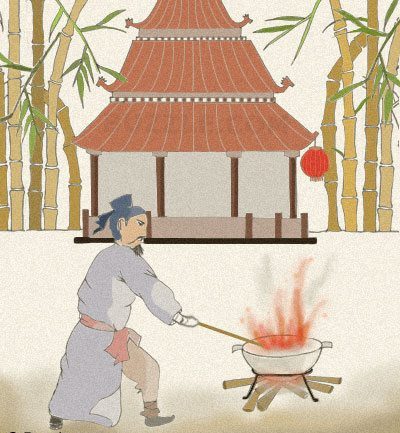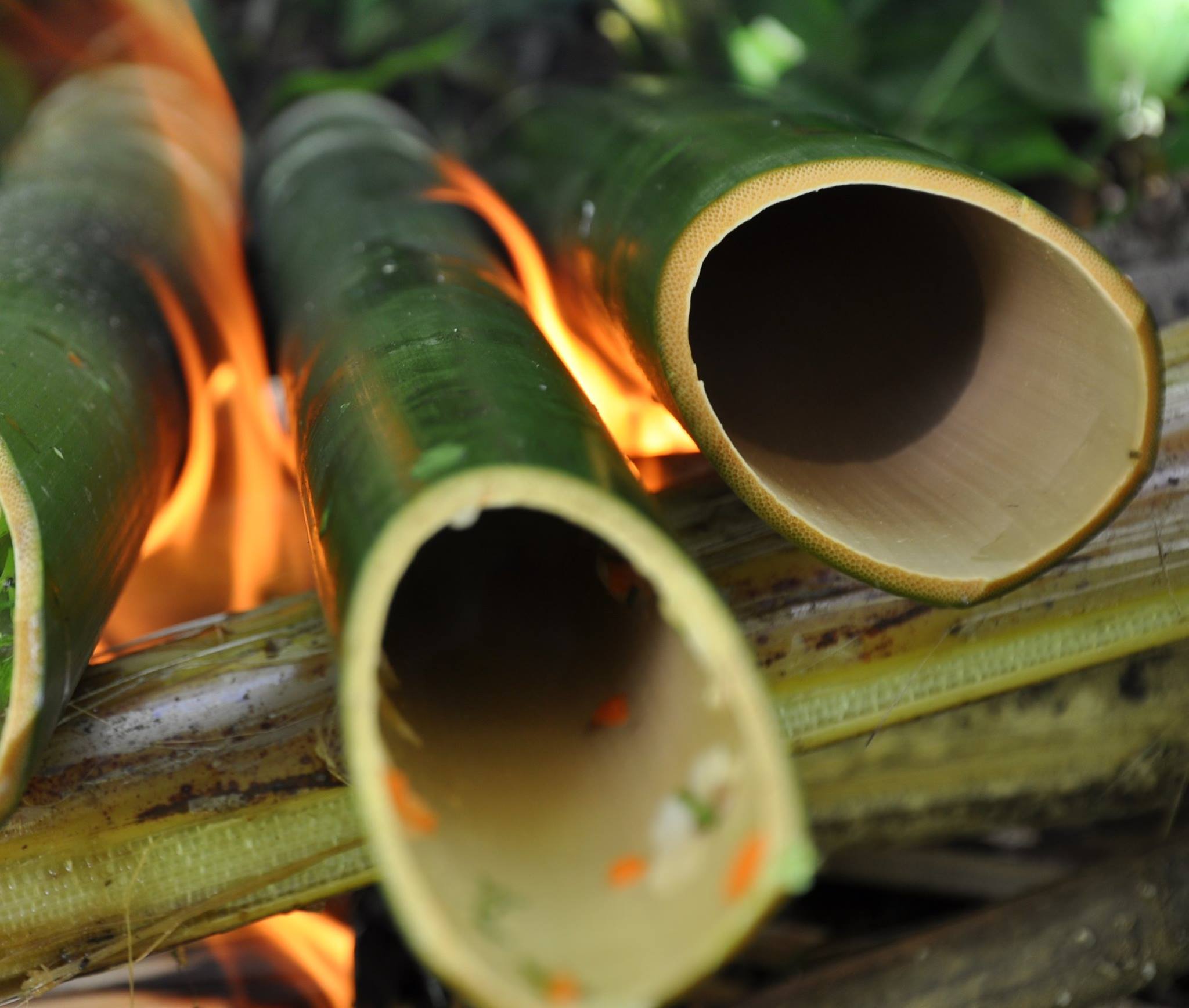History of Fireworks
According to legend, a Chinese alchemist mixed three ingredients, saltpeter, sulfur, and charcoal to produce a black, flaky powder – a crude version of gun powder. The Chinese then filled paper tubes with gunpowder and inserted fuses made from tissue paper to make firecrackers. The Chinese used fireworks to celebrate the most important events in life – a birth, a wedding, a death, holidays, and coronations. The use of fireworks spread to Europe eventually first to celebrate military victories and later in public celebrations and religious ceremonies. 
Legend has it that Captain John Smith set off the first fireworks display in the American colonies in Jamestown, VA in 1608. He and other settlers used the fireworks to celebrate special events. Fireworks were used in the very first 4th of July celebration in 1776. Americans use fireworks year-round to celebrate national holidays, sporting events, and other multicultural events, but the “big day” is still the Fourth of July. |

 Many historians believe that fireworks originally were developed in the second century B.C. in ancient Liuyang, China. The first "firecrackers" were bamboo stalks that when thrown in a fire, would explode with a bang because of the overheating of the hollow air pockets in the bamboo. The Chinese believed these natural "firecrackers" would ward off evil spirits.
Many historians believe that fireworks originally were developed in the second century B.C. in ancient Liuyang, China. The first "firecrackers" were bamboo stalks that when thrown in a fire, would explode with a bang because of the overheating of the hollow air pockets in the bamboo. The Chinese believed these natural "firecrackers" would ward off evil spirits. 
